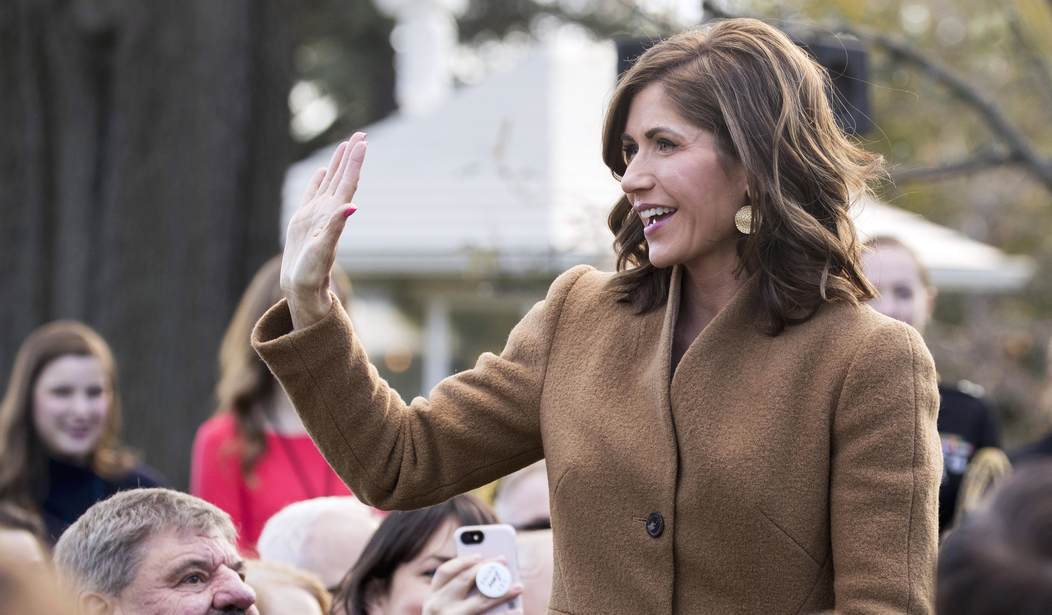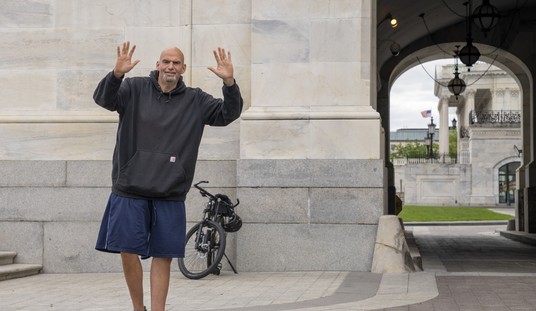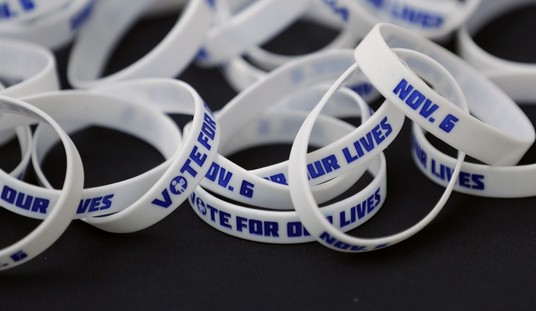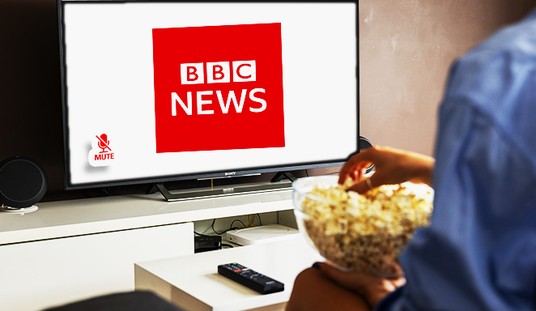Gov. Noem: Seeking to enact a statute that can accomplish a legislative goal without doing unnecessary economic damage to South Dakota, and in a form that is less likely to draw a court challenge from the ACLU — but if it does, will have a better chance of surviving.
Gov. Noem’s Critics: doctrinaire purists who — attempting to swallow an apple whole rather than consume it in several bites — do not deem the prospects of economic damage to the state, or a diminished potential to survive a court challenge or the legal morass that will result from the language of the bill as drafted, as valid reasons to take a step back and reconsider the language of the statute as drafted.
Who made the legislators of South Dakota the oracles of legal wisdom when it comes to the selection of nouns, verbs, adverbs, adjectives, and pronouns they strung together to create House Bill 1217? Why is their language sacrosanct?
As a litigator, if had a client on either side of a dispute involving this statute, I would have a difficult time concealing my snickering if asked by a judge what the following language means as a practical matter:
If a sponsoring or sanctioning entity has reasonable cause to believe that any information provided in accordance with this section is false or misleading, the entity may remove the student from, and prohibit further participation in, any sport or on any athletic team for the duration of the school year.
That is one paragraph that comes at the end of Sec. 2 of the proposed bill.
Here is the part that comes just before that paragraph:
Once each school year and before permitting a student to participate on an athletic team or in a sport, the sponsoring or sanctioning entity shall obtain a written statement
verifying:(1) The student’s age;
(2) The student’s biological sex, as ascertained at or before birth in accordance with the student’s genetics and reproductive biology; and
(3) That the student is not taking and has not taken, during the preceding twelve months, any performance enhancing drugs, including anabolic steroids.The statement must be signed by the student’s parent, if the student is under eighteen years of age or by the student, if the student is eighteen years of age or older.
So the parents and the student turn in the form stating that the student is a “17-year-old girl who has not taken any performance-enhancing drugs during the preceding 12 months.”
Where might the school obtain information giving it “reasonable cause to believe” — is that a “probable cause” standard like in criminal search warrant cases? — that the information is “false or misleading?”
What is the difference between “false” information and “misleading” information? Does it apply only to the three topics required to be on the form? What type of proof or evidence is allowed to create this “reasonable cause”? Who might submit such proof or evidence? What is the obligation of the sponsoring entity to corroborate or determine the credibility of the proof or evidence, or the possible biases of the person(s) submitting the proof or evidence?
What is the proper procedure for a sponsoring entity to follow when a woman like this shows up at the school district offices with “pictures” or “videos” of her daughter’s chief rival for the Girl’s State Tennis Championship showing a prepubescent penis when the girl was 6 years old? Does that constitute “reasonable cause”? Are “deep fakes” a basis to block the rival from participating? Does the girl under suspicion have any recourse to argue the allegation is factually incorrect?
If only the South Dakota legislature thought to address some of these issues in the statute. I guess that is someone else’s job.
Now consider these two little gems the Legislature dropped into Sec. 4:
If a student is deprived of an athletic opportunity or if a student suffers direct or indirect harm, as a result of this Act being violated, that student has a private cause of action for injunctive relief, damages, and any other relief available under law, against the violating entity.
If a student is subjected to retaliation or other adverse action, as a result of reporting a violation of this Act to an employee or representative of a school, school district, institution of higher education, athletic association or organization, or to a state or federal governmental entity having oversight authority, that student has a private cause of action for injunctive relief, damages, and any other relief available under law, against the school, school district, institution of higher education, or athletic association or organization.
School districts in South Dakota receive a portion of their operating funds from the state legislature. The legislature could have simply left it as a matter of using its own leverage to ensure that schools and school districts follow the law as written. But they didn’t do that. Instead, they created a mechanism for plaintiffs’ lawyers to sue schools and school districts. Who will pay for the lawyers to defend the schools?
Finally, the statute is written in such a way that it does not apply to girls who want to play on boys’ teams.
A team or sport designated as being female is available only to participants who are female, based on their biological sex, as verified in accordance with § 13-67-2.
So it is not about sex “purity”, it is only about keeping boys off girls teams.
As a legal proposition — as opposed to a moral or social issue — defending a statute such as this would be much easier if there were boys’ teams, girls’ teams, and co-ed teams. The student chooses either their biological sex team or the co-ed team — both sexes are treated the same.
Much criticism has been directed at Noem on the issue of carving college athletes out of the bill — for now.
The NCAA has punished North Carolina for its “bathroom law” passed in 2016 and threatened to punish Idaho for its law passed last April — which was later enjoined by a federal judge in Idaho. The NCAA can stage championship events wherever it chooses, and those events generate a great deal of money for the community and the hosting school. The language of the statute as written would have certainly led the NCAA to do to South Dakota what it did to North Carolina (seven events moved to other states), and threatened to do to Idaho (moving March Madness Regional — canceled by COVID). South Dakota’s universities are very successful at the NCAA Div. 2 level, and regularly host and play in NCAA championship events. There are very real and significant economic consequences for South Dakota communities from the NCAA pulling events out of the state.
The ACLU was poised to file suit. It was the ACLU that filed suit in Idaho and obtained and an injunction against enforcement of the Idaho statute — and the matter is now pending in the 9th Circuit.
If Gov. Noem had signed the bill as drafted, that very flawed piece of legislation would have gone directly to federal court, which a solid chance of the same thing happening as happened to the statute in Idaho.
They are both badly drafted.
The people criticizing Noem seem to think the only two outcomes here were to have the statute as written or to have no statute at all.
That is mindless group-think.
The option is to have a badly written statute that draws the ire of the NCAA and likely falls to a legal challenge from the ACLU. The alternate is a rewritten statute that the NCAA may ignore since it doesn’t directly affect college sports and has much simpler language that improves its chances of surviving a court challenge and doesn’t get school districts sued all over the state.














Join the conversation as a VIP Member